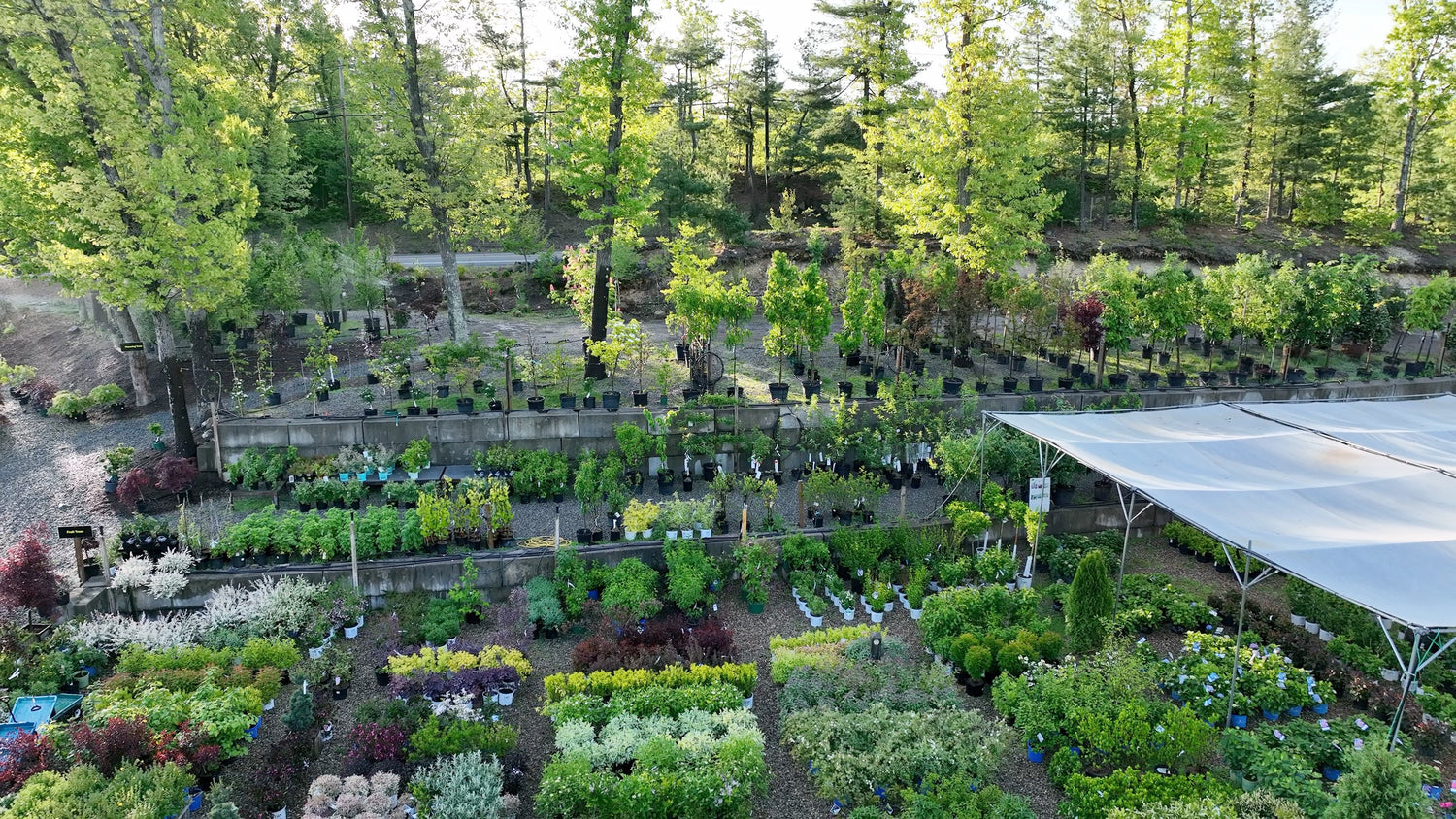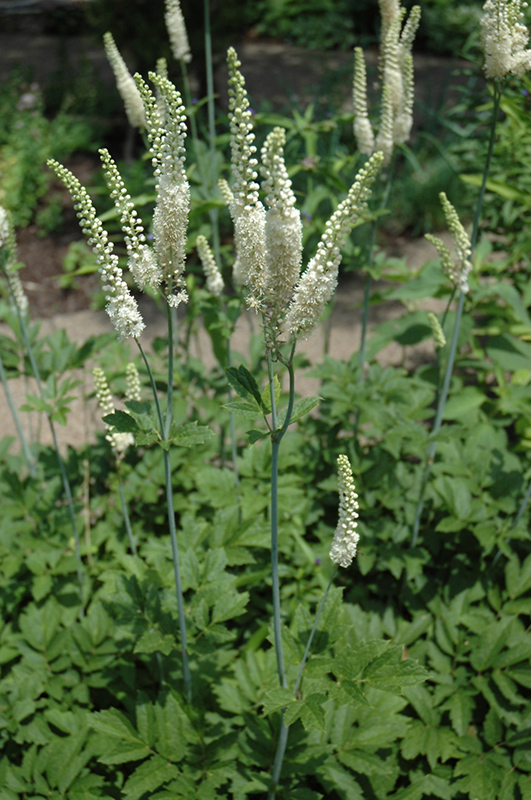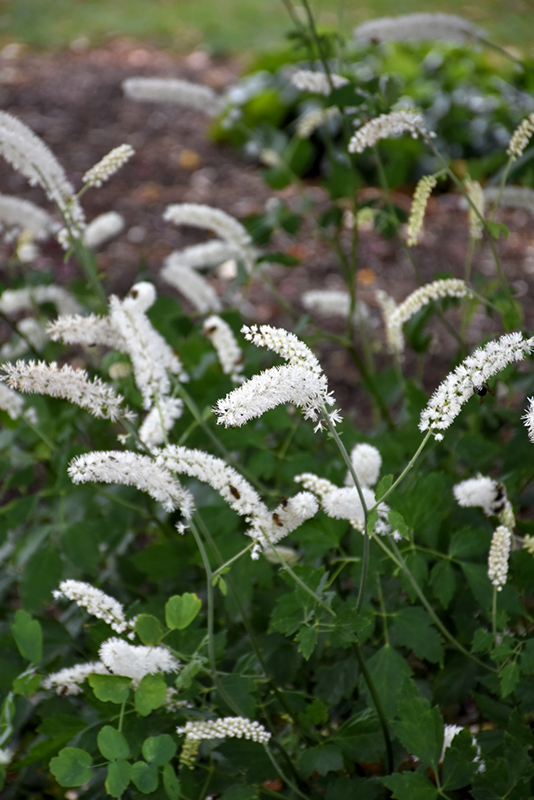Plant Guide
Plant Height: 3 feet
Flower Height: 5 feet
Spread: 3 feet
Sunlight:
![]()
![]()
![]()
Hardiness Zone: 3a
Other Names: Black Snakeroot, Black Cohosh, Cimicifuga racemosa
Description:
A native perennial presenting numerous spikes of small, white, fragrant flowers in late summer to early fall; needs a location sheltered from strong winds; perfect for a shady, woodland garden
Ornamental Features
American Bugbane features bold spikes of fragrant white flowers rising above the foliage from mid summer to early fall. The flowers are excellent for cutting. Its attractive serrated compound leaves emerge burgundy in spring, turning dark green in color with prominent deep purple tips throughout the season. The brown fruits are carried on spikes from late summer to late winter.
Landscape Attributes
American Bugbane is an herbaceous perennial with tall flower stalks held atop a low mound of foliage. Its relatively coarse texture can be used to stand it apart from other garden plants with finer foliage.
This is a relatively low maintenance plant, and should be cut back in late fall in preparation for winter. It has no significant negative characteristics.
American Bugbane is recommended for the following landscape applications;
- Mass Planting
- General Garden Use
- Naturalizing And Woodland Gardens
Planting & Growing
American Bugbane will grow to be about 3 feet tall at maturity extending to 5 feet tall with the flowers, with a spread of 3 feet. It tends to be leggy, with a typical clearance of 1 foot from the ground, and should be underplanted with lower-growing perennials. It grows at a slow rate, and under ideal conditions can be expected to live for approximately 10 years. As an herbaceous perennial, this plant will usually die back to the crown each winter, and will regrow from the base each spring. Be careful not to disturb the crown in late winter when it may not be readily seen!
This plant performs well in both full sun and full shade. It prefers to grow in moist to wet soil, and will even tolerate some standing water. It is not particular as to soil type or pH. It is somewhat tolerant of urban pollution. This species is native to parts of North America. It can be propagated by division.




